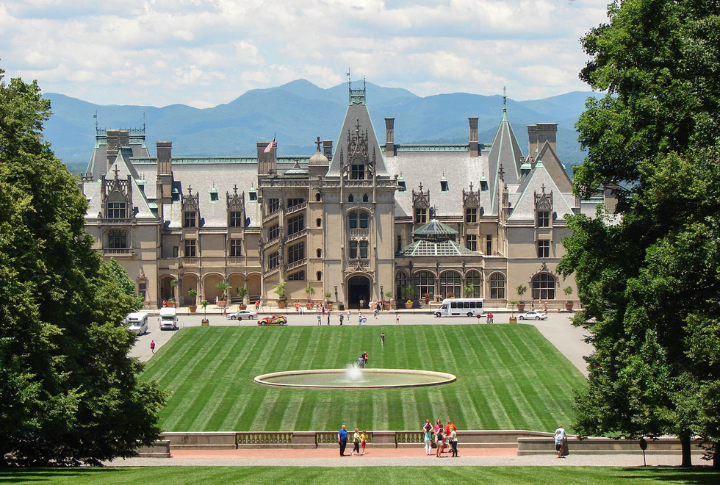
Rising from the Blue Ridge Mountains of North Carolina, the Biltmore Estate draws visitors in with its lasting elegance and grandeur. Often called the Versailles of America, it was designed carefully and built on bold ambition. Here comes a closer look at why the Biltmore still leaves such a strong impression.
The Largest Home In The U.S.
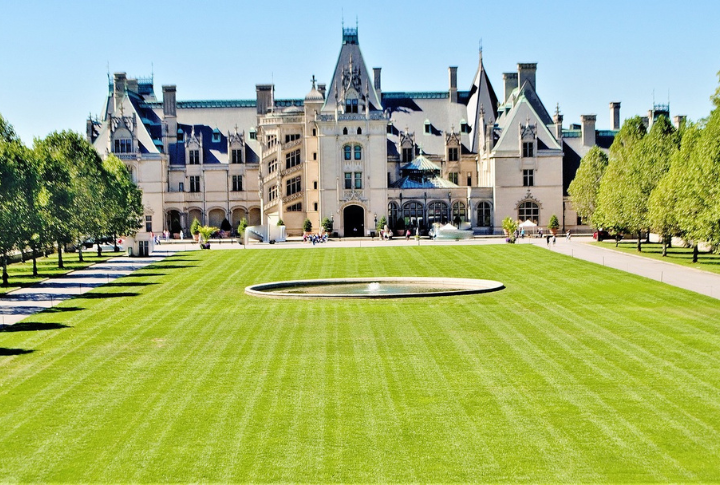
Nothing about this place is small. Spanning nearly 180,000 square feet and housing 250 rooms, Biltmore is the largest privately owned home in the United States. This enormous Gilded Age mansion, completed in 1895 after six years of construction involving about a thousand workers and 60 stonemasons, still stuns visitors.
A French Chateau In The Blue Ridge

Stepping onto the grounds feels like stepping into Europe. Inspired by French Renaissance architecture, the estate channels the grandeur of old-world chateaux. George Washington Vanderbilt II, who built it, traveled through France and modeled the home after the estates he admired there.
An Indoor Swimming Pool In 1895
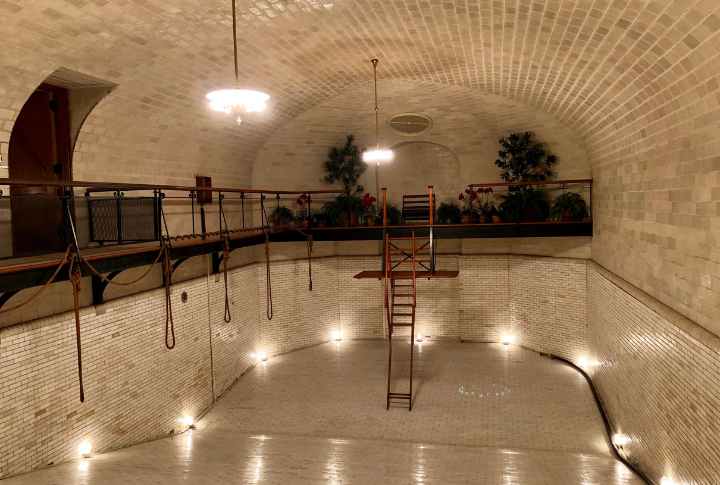
Long before indoor plumbing was widespread, this mansion featured a heated pool inside the house. The underwater lighting and decorative tilework wowed guests. Beneath the main floors, the pool sits near a vintage bowling alley and gym, offering just a glimpse of the luxuries built into the estate.
The Estate’s Grand Outdoor Canvas
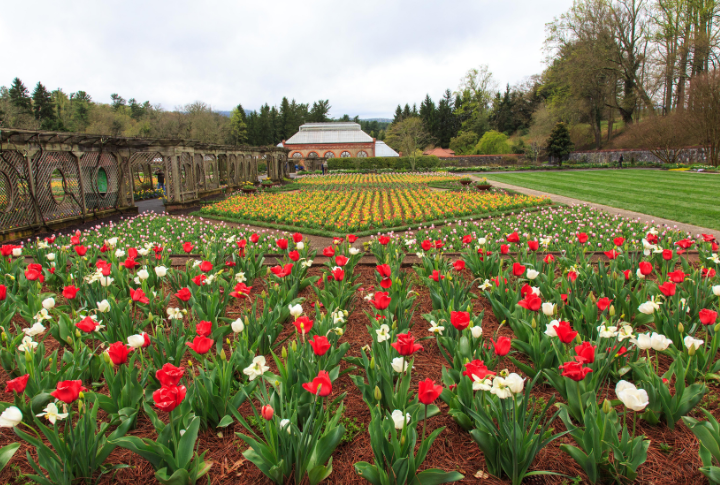
Frederick Law Olmsted, known for Central Park, designed the gardens. There’s no shortage of green space, from formal Italian gardens to wide open meadows and winding woodland trails. This makes the estate a floral dream when the Spring blooms, especially the tulips and azaleas.
A Library Worth Getting Lost In
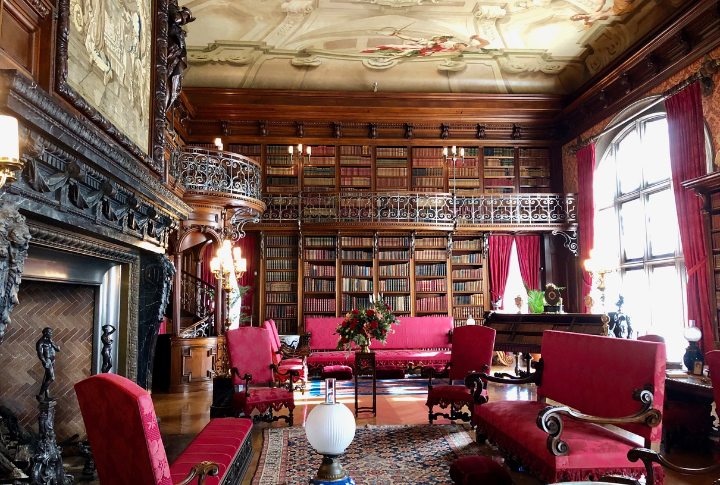
Approximately 10,000 volumes from George Vanderbilt’s collection line the shelves of the Biltmore Library. He loved to read and collected books in multiple languages. With its painted ceiling and cozy reading nooks, the space feels more like a personal retreat than part of a massive mansion.
A Self-sustaining Estate

Well before sustainability became a talking point, the Biltmore operated like a small village. It had its blacksmith shop, woodworking operation, farmland, and brick kiln. The estate even had a school for local children. Vanderbilt wanted it to support itself and contribute to the surrounding community.
Famous Guests Slept Here
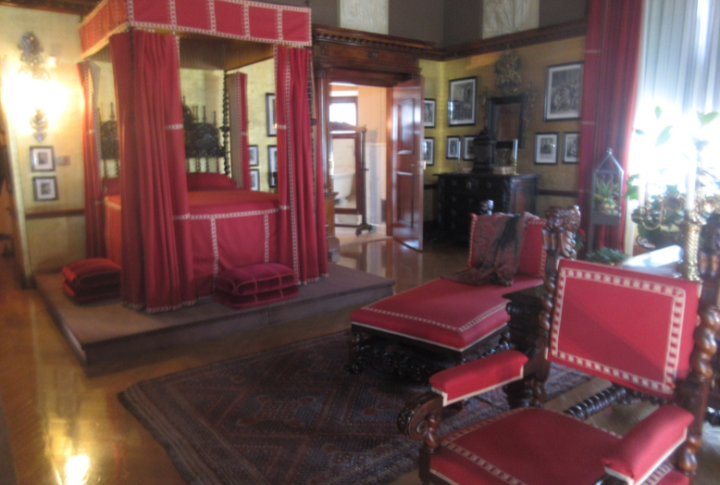
The Biltmore Estate once hosted some of the most prominent figures of the early 1900s. Writers like Edith Wharton and Henry James stayed here, along with visiting presidents who came to enjoy the estate’s hospitality. Guests were looked after by a whole staff, had private quarters, and had plenty to do around the estate.
Preserved By A Smart Partnership
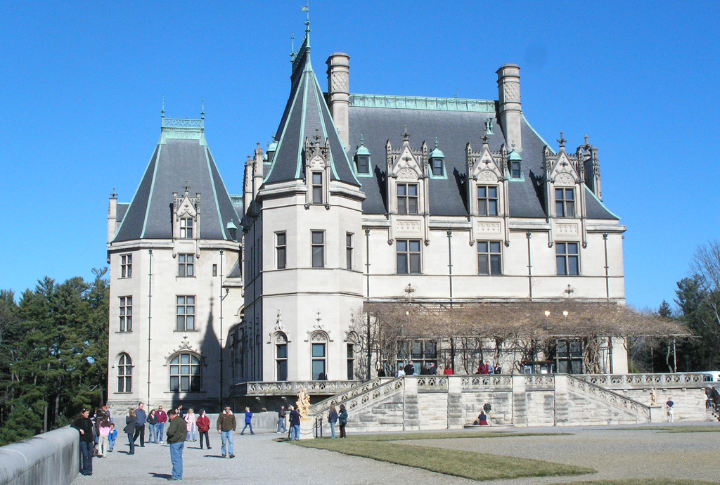
After George Vanderbilt’s demise in 1914, his daughter Cornelia and her husband worked with the city of Asheville to open the house to the public. That move helped preserve the estate during tough economic times. The property remains with the family and is still managed by the Biltmore Company.
Staff Quarters Hidden In Plain Sight

Behind the scenes, the Biltmore relied on a large team to keep things running. Servants lived in a separate wing with access to hidden corridors and back staircases. Their quarters included a dining hall with dorm-style rooms, and service areas designed to keep them out of view while maintaining constant support for the estate.
Art And Antiques At Every Turn
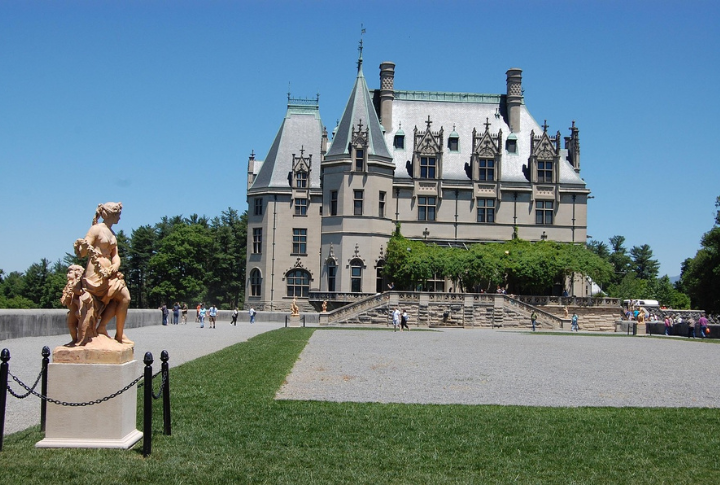
Vanderbilt filled the Biltmore with treasures from his travels. Original artworks by John Singer Sargent hang on the walls, along with 16th-century woven panels and period furniture. Even small details like carved mantels and bronze fixtures were chosen with care. The collection reflects Vanderbilt’s deep appreciation for art and craftsmanship.
